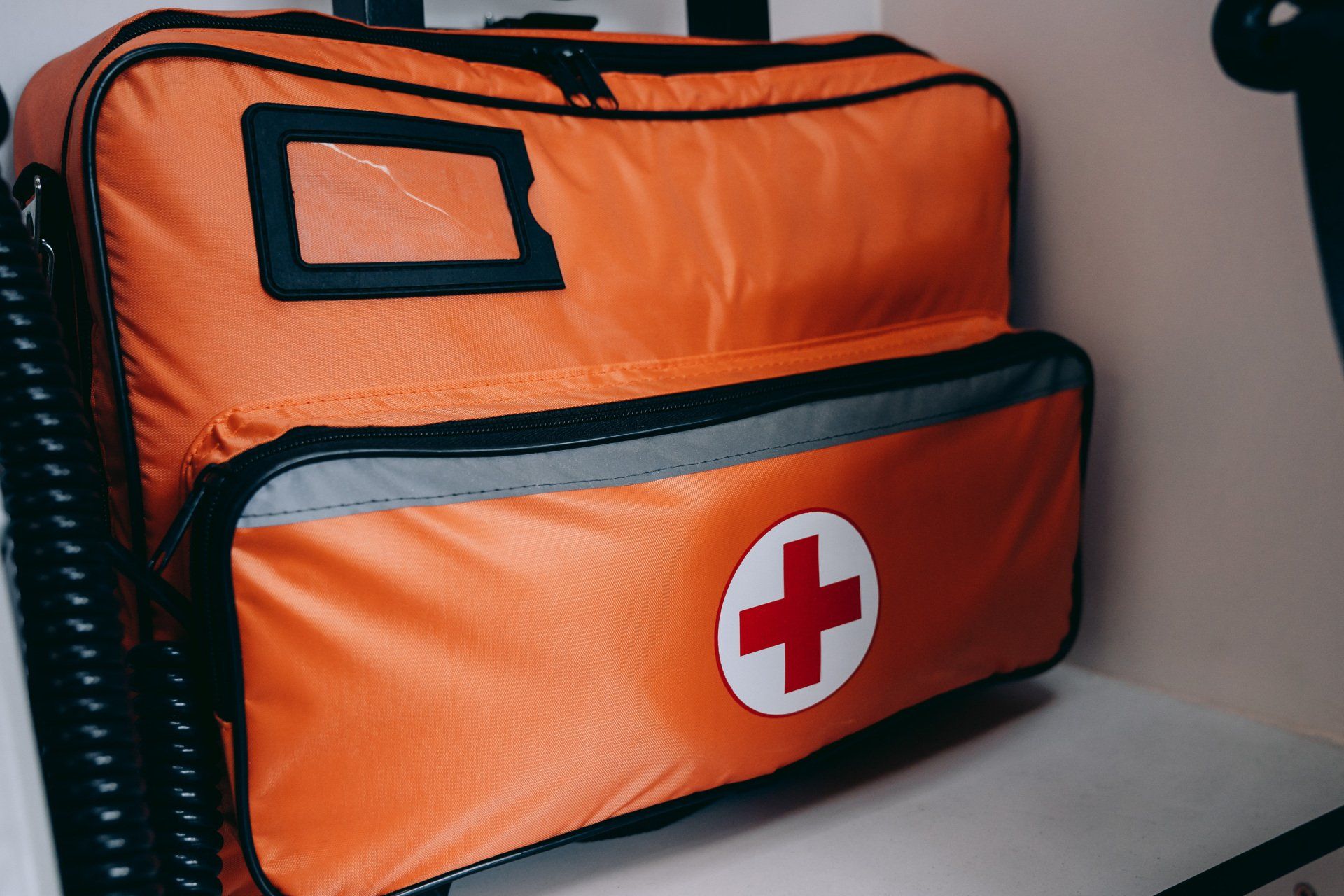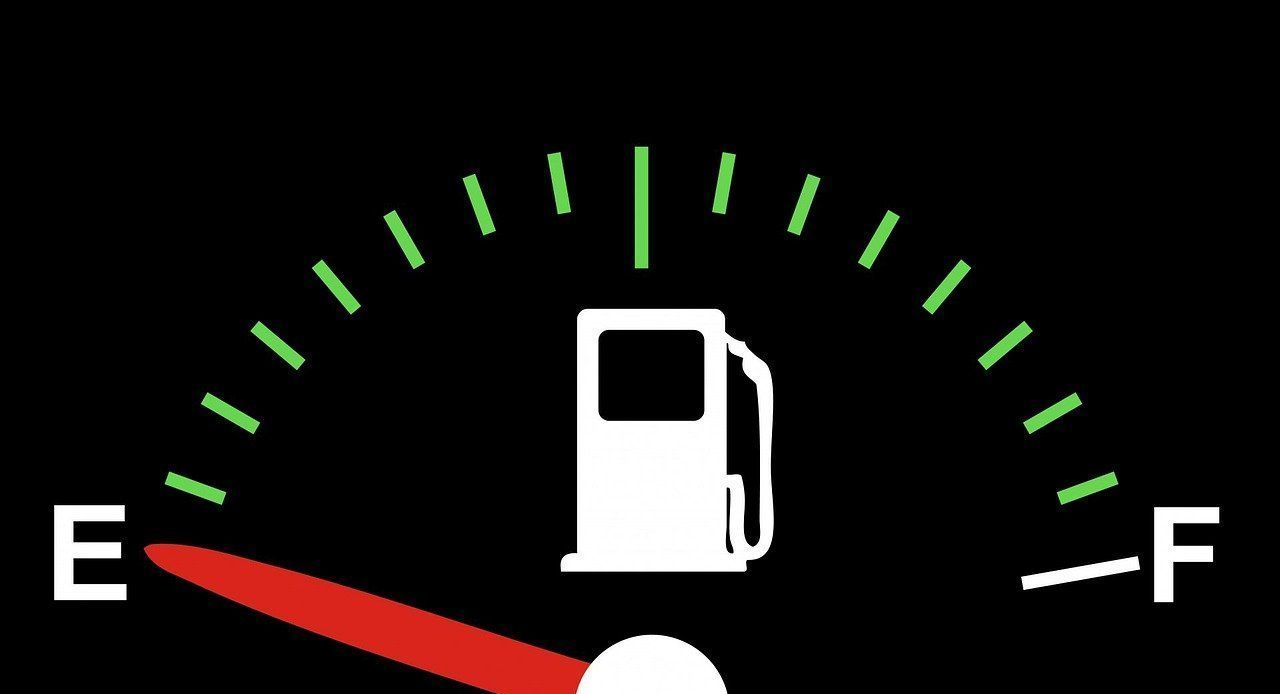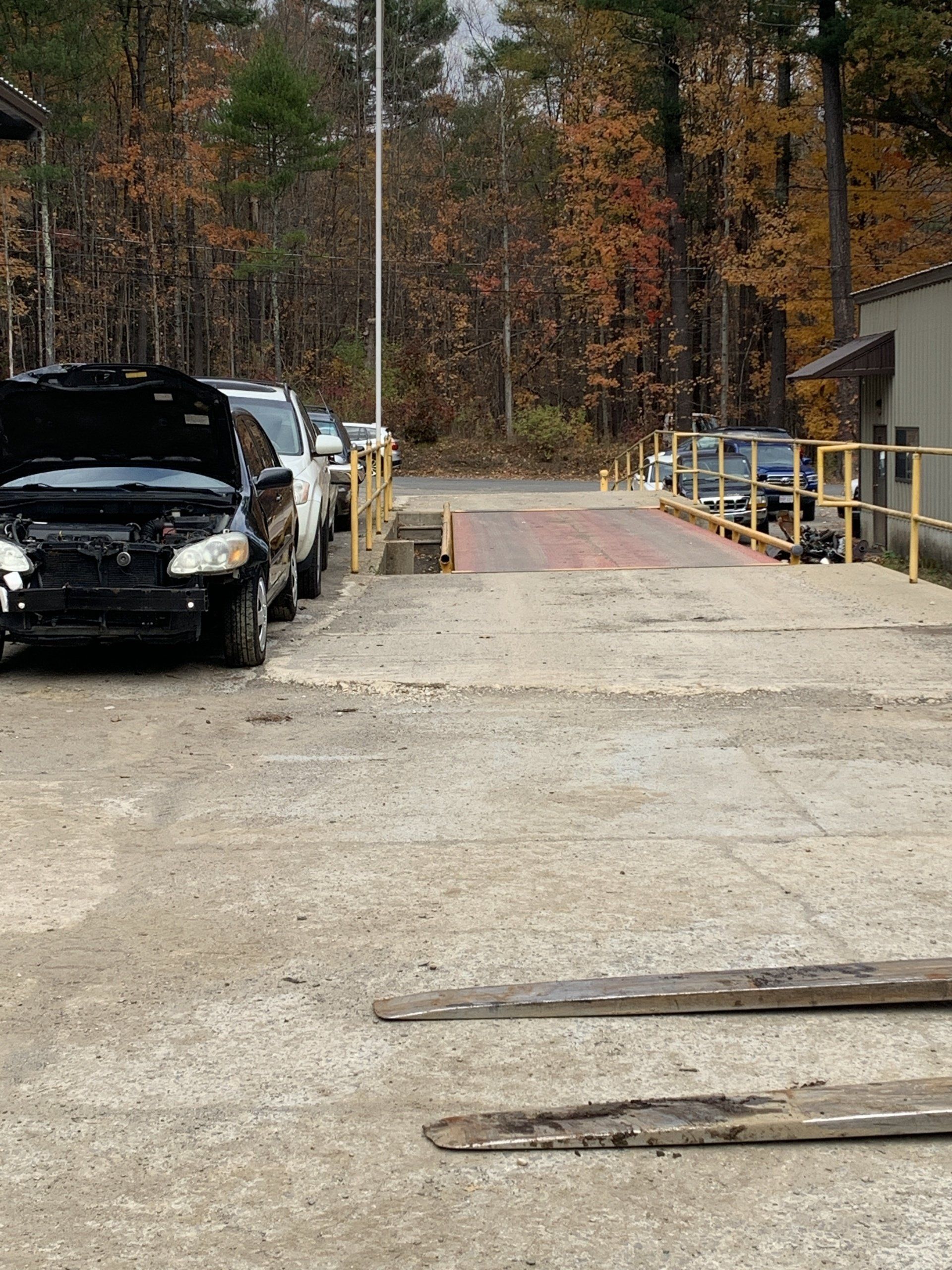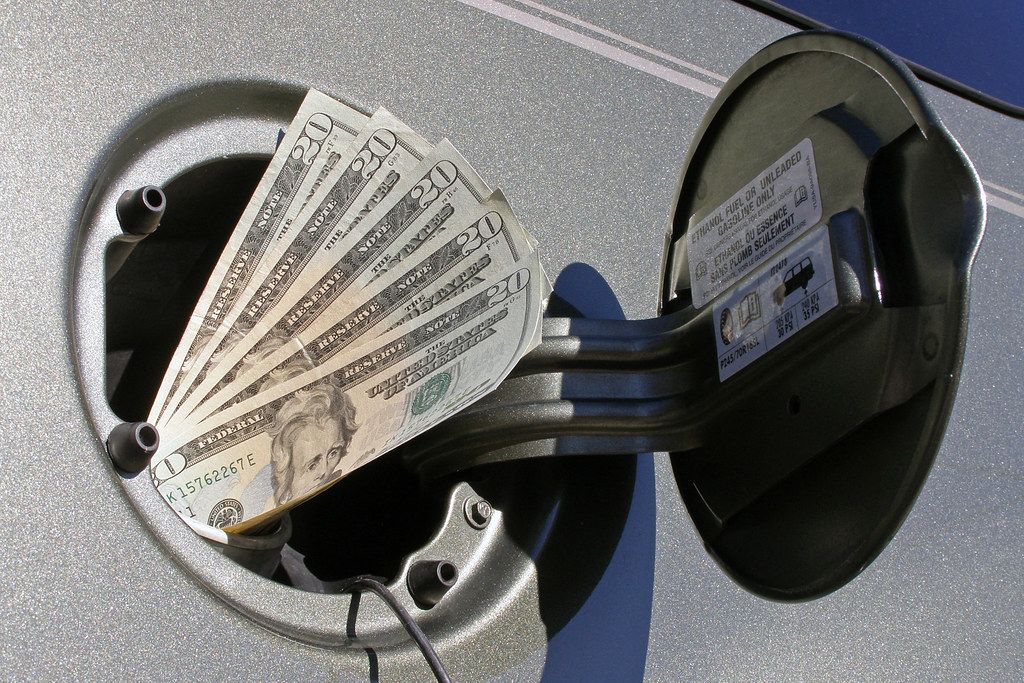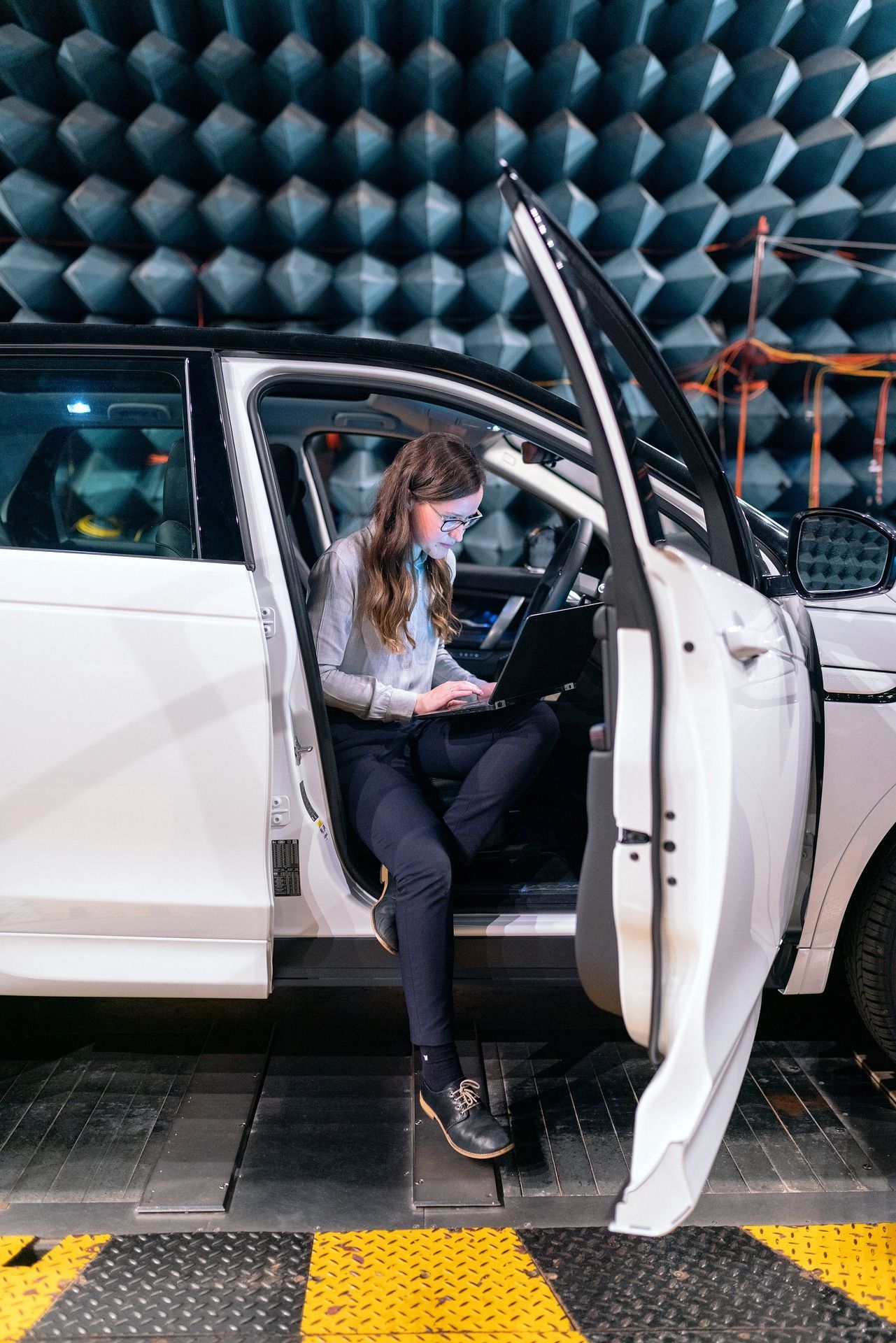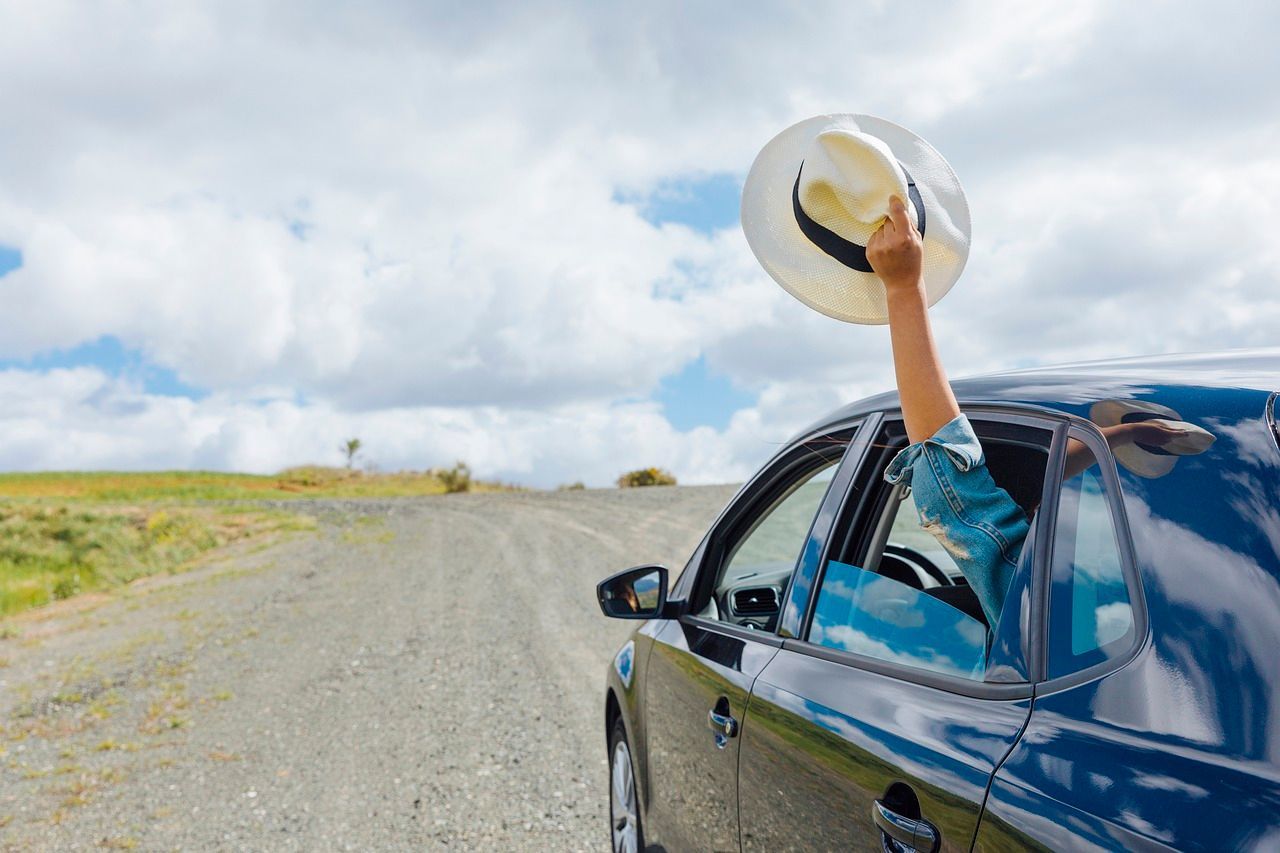We posted this blog last winter and had a great response so we have decided to update it a little as a good reminder of the winter months ahead and how to stay safe while driving in less than ideal conditions.
Driving in the snow and ice can be a challenge, even if you have been doing it all your life. It is important to take a moment each time you get behind the wheel of your vehicle and think about how you can prepare yourself while driving in winter conditions. In order to help you, we have provided 7 tips you can use while driving in the snow.
1. Make sure you have good tires
Our last blog was about whether or not you need
snow tires and the difference between them. We certainly think snow tires are a good idea but we understand it is not always possible. Regardless if you have snow tires or all-season tires, make sure the tread on them is not worn down and that they are serviced right before winter to ensure safe driving in the snow. Keep in mind, your tire pressure changes with the cold temperatures and you may need to add some additional air to your tires to keep your vehicle safe.
2. The extra distance between your car and the car in front of you and… slow down
We know that getting stuck behind someone going slower than you would like can get frustrating but in the snowy weather, it is better to go a little slower and to be safe in unpredictable weather. It is also important to leave a little extra space between you and the vehicle in front of you - just in case they stop suddenly and you are in slick road conditions.
4. Look ahead - far ahead
I am sure someone told you to always look ahead and assess the situations before you are on top of them, you will want to remember that advice when driving in the snow. It is important to look ahead, far ahead, and see if you can see any potential hazards, snow plows, or emergency lights ahead to ensure you can safely navigate around those things in less-than-ideal driving conditions.
5. Clear your car off from the snow and ice
This can be an inconvenience but it is really important before you travel to your destination. It is almost impossible to get everything off your vehicle but it is important to do your best to remove all snow or ice on your hood, roof, trunk, or anywhere else that might fly off and become a hazard for vehicles around you - in front, oncoming and behind you.
6. Don’t crowd the snowplow, give space
You may have seen these signs and even seen them on the snow plow trucks themselves but they mean it. Snow plows need their space to ensure safer roads for everyone and if they cannot see you behind them or are nervous as you speed past them, it could be more dangerous for vehicles on the road. Make sure the plow driver can see you and be patient - most drivers will do their best to get their job done and get out of your way but don’t make things worse by being in a hurry.
7. Replace Windshield Wipers
When winter arrives, your windshield wipers often get overlooked until the first snowfall/ice. It is important to keep an eye out before the first storm and remember to replace your windshield wipers every 6-12 months.
8. Don’t panic
It is winter and there will be snow and ice on the roads, this is inevitable. If you have followed the last 6 tips and you still find yourself in a slippery situation, don’t panic. Everyone has lost traction while driving in snow, it is just important to control your emotions when this happens to you. Remember, if you start to skid or slide, don’t brake, accelerate or try to overcorrect; simply take your foot off the gas and steer toward the direction you would like to go, and your tires will regain their traction.

